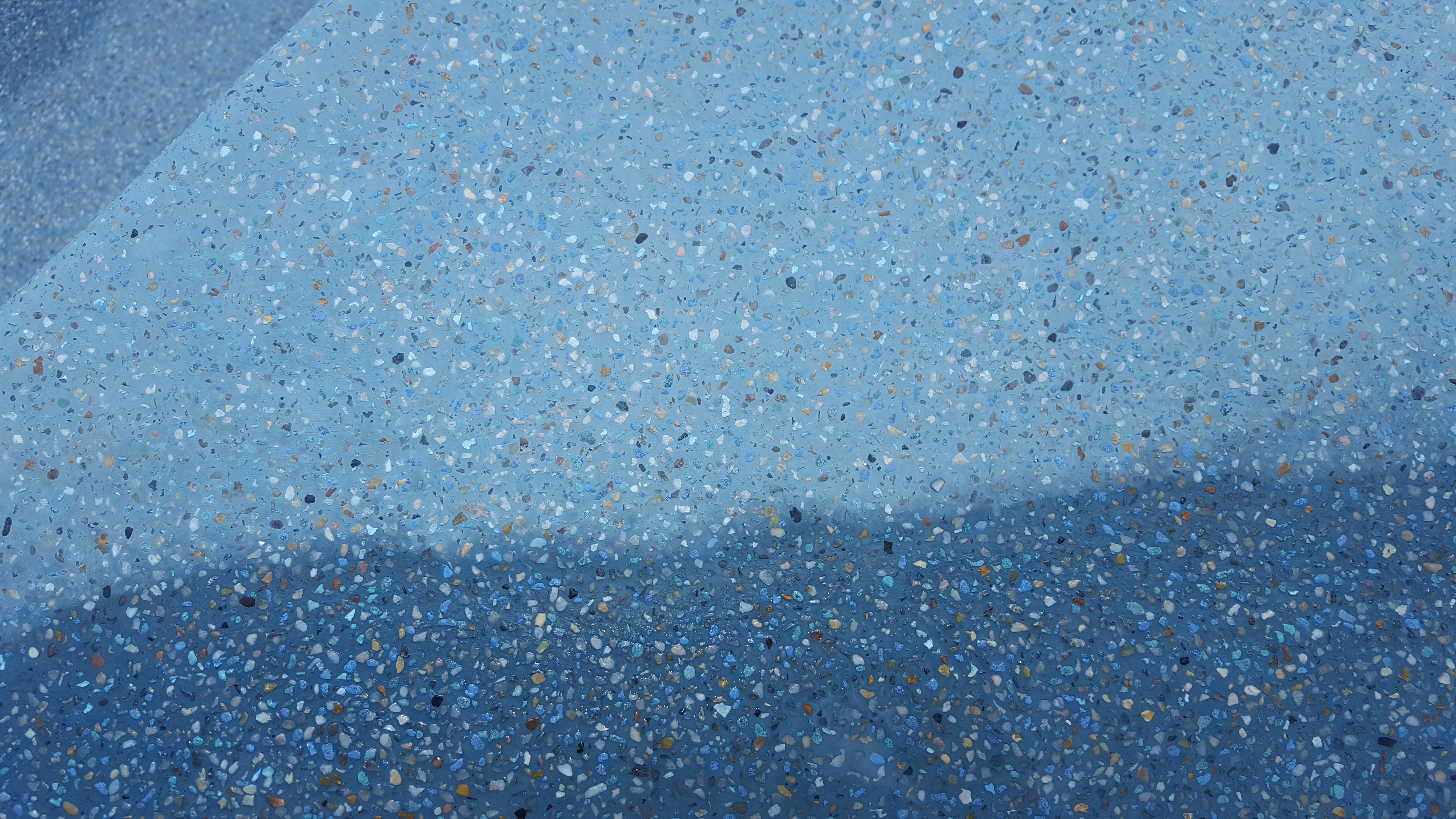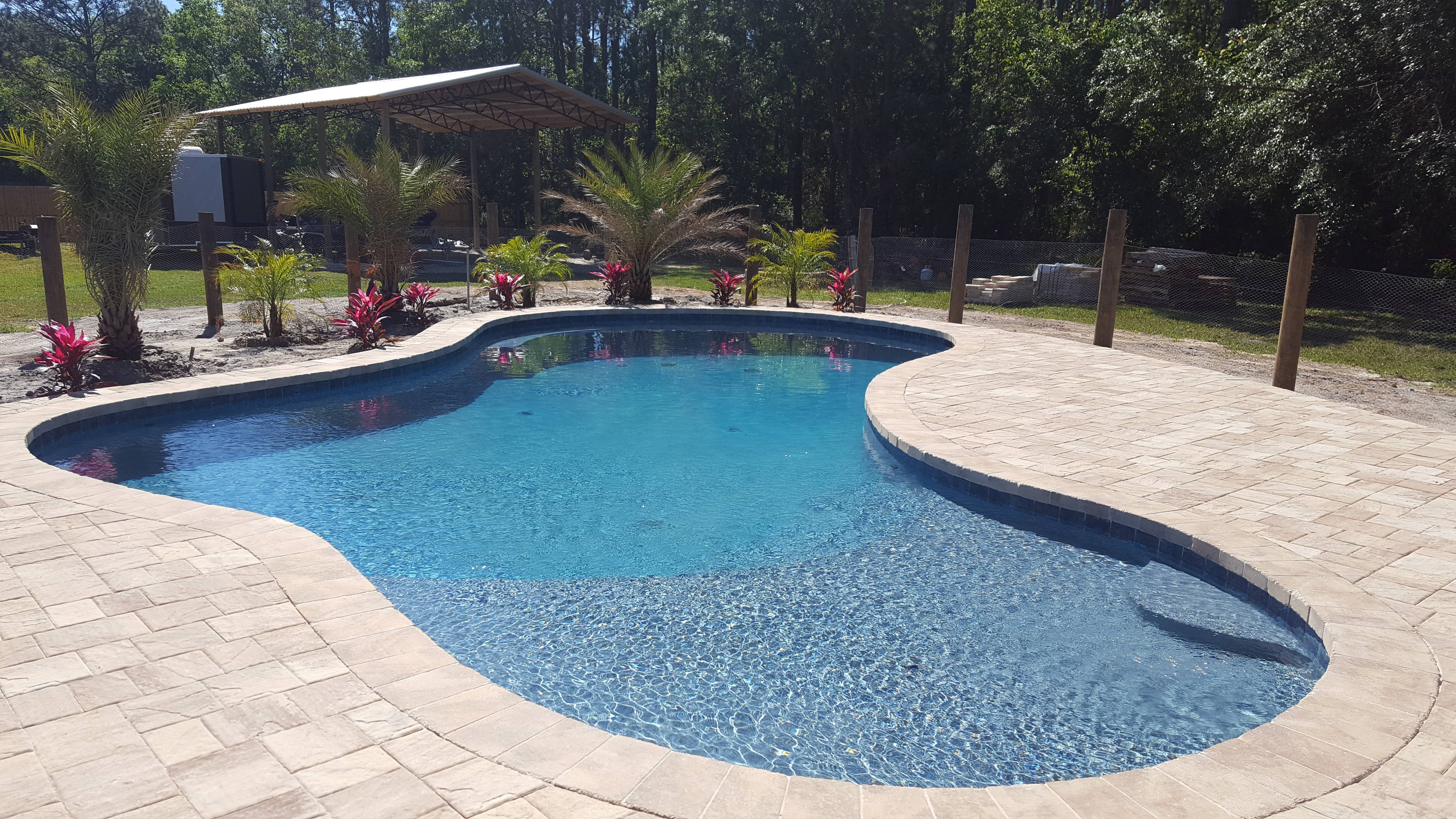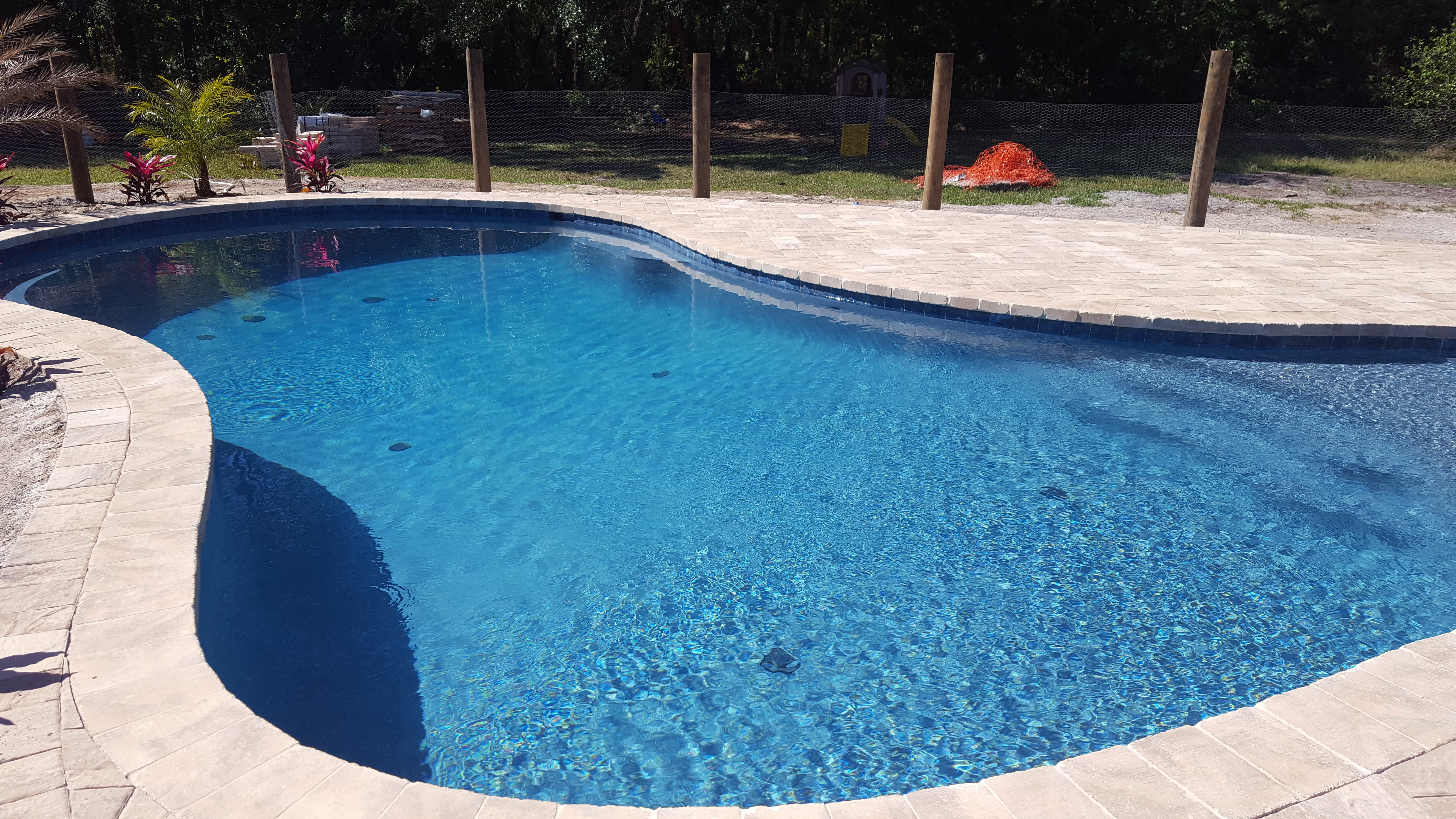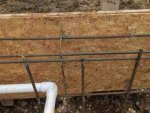I've thought of a few points to consider that may prove relevant to your design since I'm not that far away (in Gilbert); though sadly I don't have any pool-building experience.
First (putting on my geologist hat here), it's important to find out which soil unit your house is built on. Check the USDA Web Soil Survey, set the AOI to Arizona and select Eastern Maricopa and Northern Pinal Counties Area (AZ655) then open the soil map, find your property, and then which map unit symbol applies to your property (I'm happy to help with interpreting the soil info if you can tell me the which unit you're on). Here's why it's important, my house for example is built on Contine clay loam (map unit Co, which also makes up 10.2% of the total area of the AZ655 map), and the clay portion of the Contine is very mildly expansive. As in just expansive enough to make things crack (like tiny frost heaves) when it gets saturated with rainwater or drip irrigation. If you're on a gravelly/sandy/alluvial loam unit, soil expansion shouldn't be an issue. If you're on one of the many clay containing units scattered across San Tan/the East Valley, you really might want to look into beefing up that rebar.
You asked earlier about travertine, from a geology perspective travertine is a fancy way of saying "porous soft-ish limestone." In the field every geology student carries a tiny bottle of hydrochloric acid (aka muriatic acid) to test for carbonate rocks (like limestone) by putting drops of acid on them, which makes them fizz entertainingly as they dissolve. So if you put travertine near a pool, it needs to be really really well sealed, which can indeed make it slippery and it does need to be periodically resealed. Personally I would never do it since I find it to be insanely expensive for a (relatively) weak, tempermental, high maintenence rock. And I really, really, like rocks.
I noticed in the initial rendering there are palm trees along several walls. I'm actually in the process of removing the palm trees in my backyard since I'm sick and tired of them raining down spent flowers and seeds for months and they don't provide much shade once they're tall (and then you have to have someone come prune them which gets expensive). The only one that does provide me any shade is a 13 ft tall medjool date palm, which is not at all a good poolside palm. So I'd suggest avoiding palms unless you want a big date palm, in which case feel free to come get mine!

Definitely you'll want a robot, and you'll want to be sure it can access every inch. Prevailing winds are from the south and west, which means San Tan is the first to get hit (after Casa Grande/Maricopa) by the multiple-times-a-week duststorms during Aug-Sept. You do not want to be manually clearing out the dirt out of the pool after each one, it's already bad enough having to clean off all the outdoor furniture, bbq etc.
Finally about the finish color and water features. Last summer our pool with "sandy beach" color pebble tec and in shade except between 9am-2:30/3:00pm was pushing 95 degrees by June. Although 95 is still nicer to feel on your body than the 120 degree air that's scorching your head, it's not exactly refeshing. I wish we had more than just the little aerator fountain thingy (and we'll probably add a waterfall next year), because it would be so much easier to remove heat by turning on a fountain or waterfall than to drive to the nearest Fry's to find 10 lb blocks of ice to throw in it. The darker colors look very pretty, but you may find they help hold heat a little too effectively.
These are just my opinions and observations, (except for the soil thing) so your mileage of course will vary, but hopefully they're of some utility. Good luck with the build!








